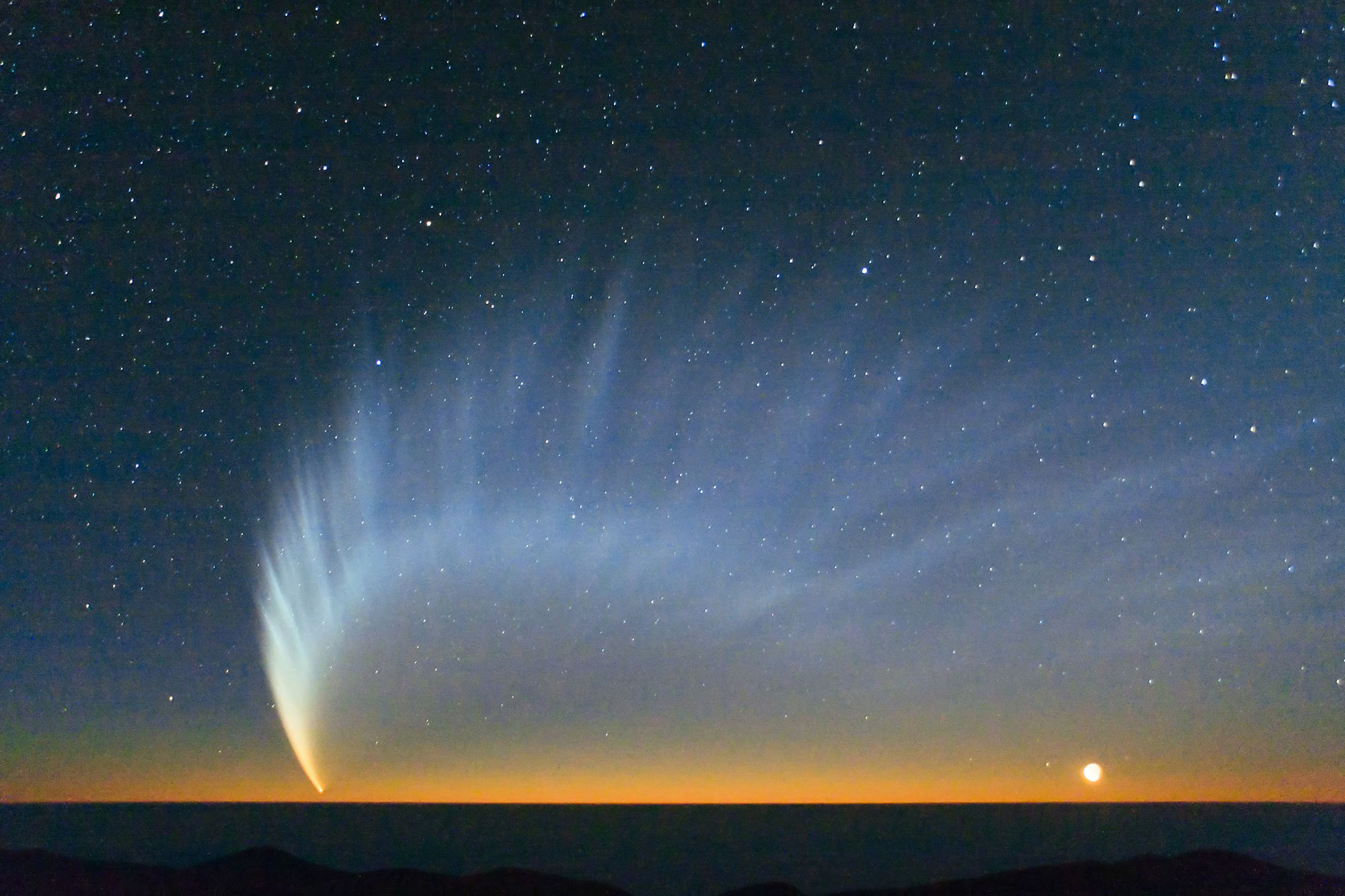Create a free profile to get unlimited access to exclusive videos, sweepstakes, and more!
13,000 years ago, a comet may have nuked a Paleolithic village out of existence

Imagine you’re just minding your own business, hanging out some 13,000 years ago with your Paleolithic pals... and boom! An airburst from a comet breaking up above just evaporates your whole village. Yeah, talk about unlucky.
It’s a grim thought, no doubt, but a new paper in Scientific Reports reveals that’s exactly what happened to early farmers at the Abu Hureyra archaeological site in Syria about 12,800 years ago. Which sounds just awful, but the hellacious heavenly body did give the villagers the distinction of being the only known human settlement to get hit by a comet fragment — so they got that going for them, which is nice.
The site itself, an important one for documenting early agriculture in the region, is now underwater thanks to Lake Assad, but was “quickly excavated” between 1972 and 1973, according to Smithsonian Magazine. Only later on did archaeologists realize they were really looking at two sites, with a Paleolithic hunter-gatherer settlement buried beneath a farming town made up of different style buildings.
Perhaps the hunter-gatherers had the good sense to move on, but the early farmers eventually found out the hard way that a drought wasn’t the worst of natural disasters on the horizon. Researchers analyzing samples and artifacts from the original dig discovered that the farming village took an indirect hit from comet fragments.
When the already-fractured comet entered Earth’s atmosphere some 13,000 years ago, researchers believe it broke off into several pieces, many of which never hit the ground, but instead, according to Smithsonian, “produced a string of explosions in the atmosphere known as airbursts. Each airburst was as powerful as a nuclear blast, instantaneously vaporizing the soil and vegetation underneath and producing powerful shock waves that destroyed everything for tens of kilometers around.”
Unfortunately, the farming village at Abu Hureyra and everyone in it was very much around. And then all of a sudden, they just weren’t.
Interestingly, the study’s lead author, Rochester Institute of Technology archaeologist and professor Andrew Moore, wasn’t thinking about comets when he first led the dig at Abu Hureyra back in the ‘70s. But he did notice “heavy burning” in one area of the village, which he now believes was the result of the airburst “incinerating the whole place.”
Supporting this theory, the multidisciplinary team discovered evidentiary shards of melt glass — or vaporized soil that quickly solidified — in soil samples, seeds, and cereal grains from the site. They also found melt glass attached to little pieces of bone, which tipped researchers off that the molten glass found living targets.
Further supporting the theory is the fact that the melt glass analyzed from the site contains “molten grains of minerals such as quartz, chromferide, and magnetite, which can melt only at temperatures ranging from 1,720°C to 2,200°C,” according to Smithsonian. That’s too hot for anything the locals could have mustered, and too hot even for natural sources such as fire or volcanism. And lightning was ruled out too, since the magnetic imprints you’d normally find weren’t present.
So all signs point to a comet impact, or more likely, the fiery result of its airbursts. So at least the early inhabitants of Abu Hureyra will go down in history.
(via Smithsonian Magazine)














